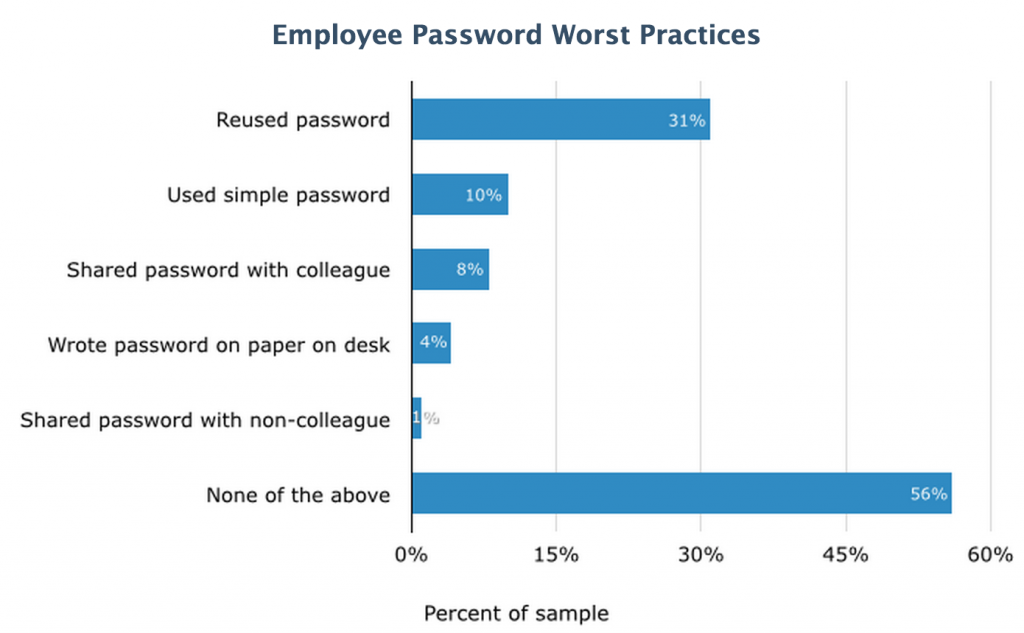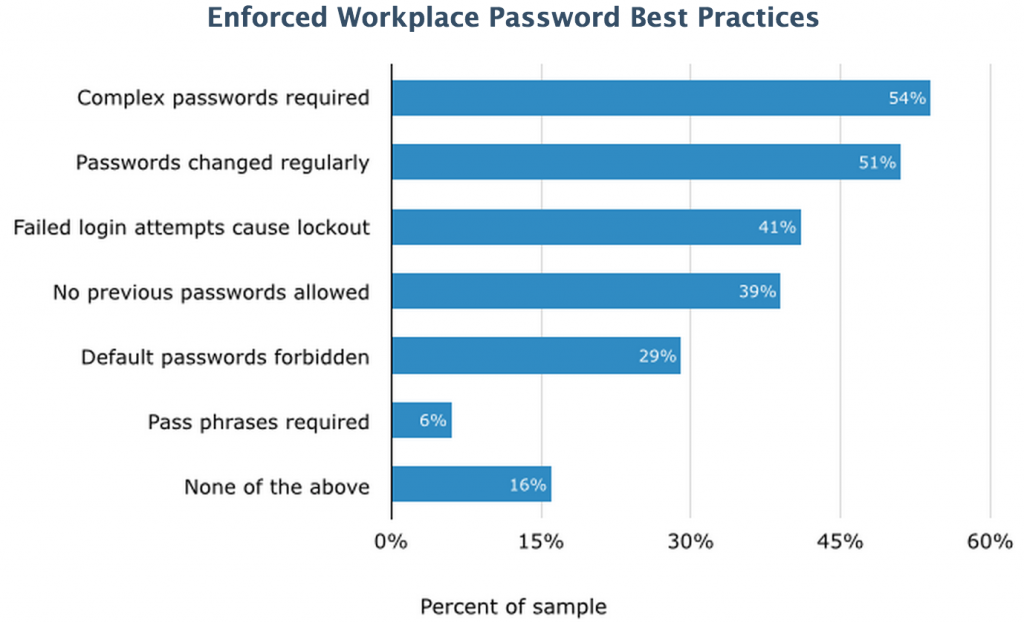With insurers facing increased scrutiny over indemnity payments from the U.K. government, there could be consequences for companies who regularly put their employees into harm’s way.
When she announced plans for new laws in the Counter Terrorism and Security Bill, Home Secretary Theresa May cited UN estimates that ransom payments have raised up to £28 million ($42 million) for militant group ISIS in the past 12 months.
Observers often ask if the existence of kidnap and ransom (K&R) insurance itself encourages kidnapping for ransom. But for corporate risk managers, the debate is immaterial. They must protect employees and ensure that jobs in danger zones remain attractive to new recruits.
May’s bill amendments, which will be inserted into the Terrorism Act 2000 if passed, do present a potential challenge to the established order and highlight the pivotal role of response consultants (AKA hostage negotiators).
How does K&R actually work?
K&R insurance typically covers against losses related to kidnap incidents, particularly ransoms, lost earnings and the costs for an outsourced expert agency whose job is to handle the case and advise the policyholder on the negotiations. However, the indemnification is only paid out to the policyholders retrospectively, after the hostage situation is over. With such an approach, insurers on the one hand prevent ransom payments spiraling out of control and, on the other hand, remain in the grey area of section 17 of the Terrorism Act 2000.
The new amendments
Under May’s new section 17A, it is now clear that the insurer commits an offense if “it knows or has reasonable cause to suspect” that payments will be handed over in response to a demand made for the benefit of a proscribed organization.
The question for their response consultants will therefore be how much notice they can give their assureds as to whom they are dealing with. Historically, negotiations for release could be made without resorting to identifying the culprit, but now the insurer will have to make sure that they are not engaging with a terrorist on Whitehall’s blacklist.
As of Nov. 28, 2014, there were 74 international terrorist organizations listed under the Terrorism Act 2000. However, a large number of organizations associated with kidnappings are not on the list, which, with a few exceptions, focuses on organizations from Northern Ireland and those operating in the MENASA Region (Middle East, North Africa and South Asia). Of course, kidnappings have increased in the Middle East in recent years, but most kidnappings worldwide are still taking place in Central and South America and Central and Southern Africa. Although the new law only targets proscribed organizations from the MENASA region, insurers have to remain attentive since the home secretary may add organizations to the list at any time.
One thing which hopefully will remain protected are the fees and costs that hostage negotiators charge; this is a critical part of the industry’s service to a market believed to include at least 80% of the Fortune 500 as its clientele.
K&R still valid
From a company’s perspective, K&R is certainly still a valid class of business. There should not be any effect on pricing as the underlying risk has not changed.
However, if your policy is led by insurers domiciled in the U.K., those insurers may be less likely to indemnify kidnappings where the culprits may be loosely associated with a proscribed group. Equivalent insurers in other territories may be less restrained, so some insureds may elect to have their business placed outside the U.K., particularly if they have workers who are frequently operating in the MENASA region.
It is important to understand that corporations are also not allowed to fund payments. From a risk management perspective, where companies do wish to ensure they are able to lawfully pay ransom demands to release their employees, they need to consider in which jurisdictions they should be located so as to lawfully pay ransoms. On a practical level, they need to review with their response companies what protocols they use to identify or qualify the identity of kidnappers who allege, possibly incorrectly, that they are affiliated to terror groups.
The proposed offence aimed at insurers provides:
17A Insurance against payments made in response to terrorist demands
(1) The insurer under an insurance contract commits an offence if –
(A) the insurer makes a payment under the contract or purportedly under it,
(B) the payment is made in respect of any money or other property that has been or is to be, handed over in response to a demand made wholly or partly for the purposes of terrorism, and
(C) the insurer or the person authorising the payment on the insurer’s behalf knows or has reasonably cause to suspect that the money or other property has been, or is to be, handed over in response to such a demand.
This article was originally posted at Airmic.com




